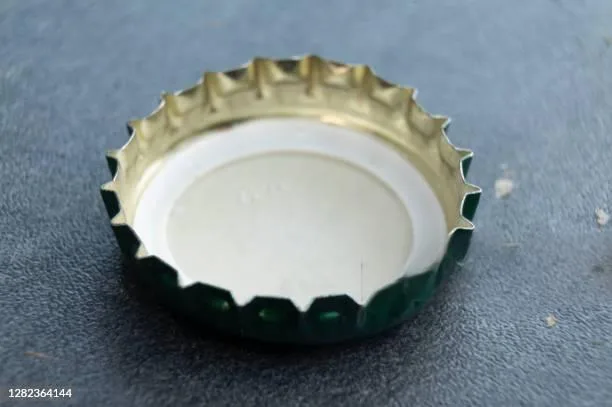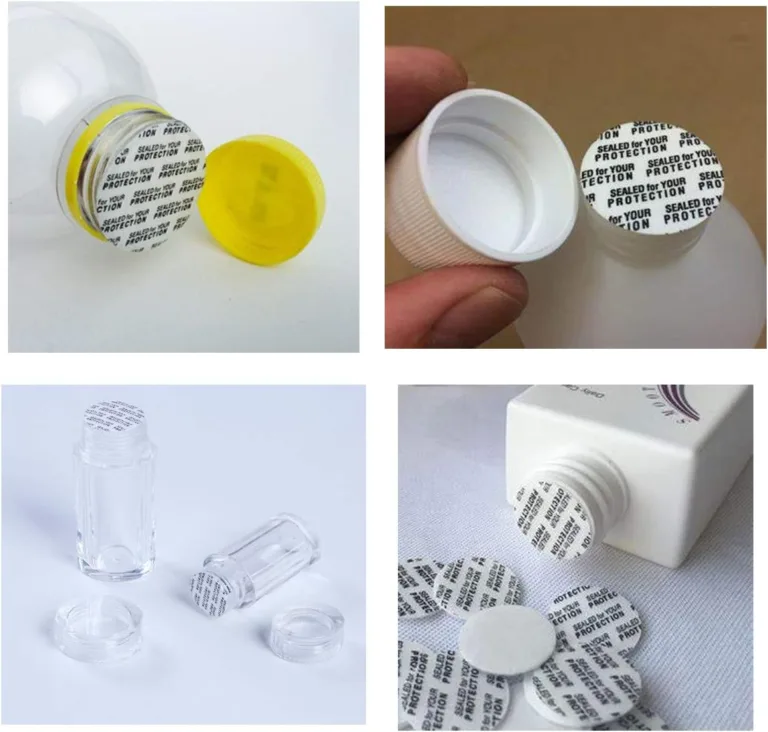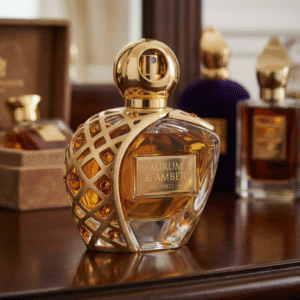Introduction
In the world of spirits, the integrity of a bottle’s seal is paramount. It’s not merely about preventing leaks; it’s about safeguarding the delicate flavors, aromas, and overall quality of the liquid within. A robust sealing technology ensures that the spirit, whether it’s a fine whisky, a nuanced brandy, or a vibrant gin, reaches the consumer exactly as the distiller intended. Beyond preservation, the seal also plays a crucial role in building and maintaining brand trust. Consumers expect consistency and quality, and a compromised seal can quickly erode confidence in a brand. This blog post delves into the critical aspects of spirit bottle sealing, exploring various closure types, their impact on preservation, and the innovations driving the industry forward. We will also touch upon how proper sealing practices contribute to the professional image of distilleries worldwide.
Table of Contents
1. Industry Knowledge: Common Sealing Methods
The choice of closure for a spirit bottle is a critical decision, influencing everything from the product’s shelf life to its perceived value. Over the centuries, various methods have evolved, each with its own advantages and ideal applications.
Cork Closures
Cork, derived from the bark of the cork oak tree, has been a traditional choice for centuries, particularly in the wine and spirits industry. Its natural elasticity and impermeability make it an excellent material for creating a tight seal while allowing a minimal amount of oxygen ingress, which can be beneficial for the aging process of certain spirits.
•Natural Corks: These are the classic choice, prized for their sustainability and ability to maintain the beverage’s flavor. They offer a traditional aesthetic and are often associated with premium products. However, natural corks can sometimes lead to ‘cork taint,’ a fault that imparts undesirable aromas and flavors to the spirit.
•Synthetic Corks: Made from plastic compounds, synthetic corks offer a consistent and uniform closure. They eliminate the risk of cork taint and provide a reliable seal, making them a cost-effective and practical alternative for many distillers.
Screw Caps
Screw caps have gained significant popularity, especially in regions like Australia and New Zealand, for their ability to maintain the freshness and quality of bottled contents. They offer a highly effective barrier against oxidation.
•Metal Screw Caps: These provide a secure and tamper-evident closure, widely used across wines, spirits, and even beers. They offer an airtight seal, preventing oxidation and preserving the liquid’s original flavor. Their ease of opening and resealing adds to consumer convenience.
•Plastic Screw Caps: Often found on more economically priced spirits, plastic screw caps are lightweight, cost-effective, and provide a tight seal. They are favored for their practicality in large-scale production.
Other Notable Closures
Beyond corks and screw caps, several other closure types cater to specific needs and aesthetic preferences:
•Glass Stoppers: A premium option, glass stoppers add an element of elegance and sophistication. They provide a perfect, airtight seal and can be resealed multiple times without losing effectiveness, making them ideal for high-end spirits.
•Vino-Seal: A specific type of glass stopper, Vino-Seal closures are renowned for their superior sealing properties and visual appeal, commonly used for premium wines and spirits.
•Crown Caps: Primarily associated with beer bottles, crown caps are also used for some spirits. They offer a tight seal and are efficient for high-speed bottling lines.
•Bar Top Closures: These combine a cork stopper with a decorative top (often wood, metal, or plastic), offering both style and functionality, and are widely used for spirits.
•Swing Top Bottles: Featuring a ceramic or plastic stopper attached with a metal clamp, swing top bottles provide a secure and resealable option, often chosen for their vintage appeal and practicality for specialty spirits.
2. Case Study: Elevating a Premium Brandy Brand with Advanced Sealing
For a renowned international brandy brand, maintaining the exquisite quality and complex flavor profile of their aged spirits is paramount. Their challenge was to find a sealing solution that not only offered superior preservation but also conveyed the brand’s commitment to luxury and heritage. The brand sought a closure that would prevent any oxidative degradation over extended periods, ensuring that each bottle delivered the same exceptional experience from the first pour to the last.
Our solution involved a multi-faceted approach, focusing on high-sealing bottle types combined with advanced closure technology. We recommended a custom-designed glass bottle with a meticulously engineered neck finish, optimized for a perfect fit with a premium Vino-Seal glass stopper. This choice was driven by several key technical considerations:
1. Inert Material: Glass is entirely inert, meaning it will not react with the spirit or impart any unwanted flavors, preserving the brandy’s delicate nuances.
2. Airtight Seal: The precision-ground glass-on-glass contact of the Vino-Seal stopper creates an exceptionally tight, near-hermetic seal. This significantly minimizes oxygen ingress, crucial for preventing oxidation and maintaining the brandy’s complex aromatic compounds over decades.
3. Durability and Reusability: Unlike corks that can degrade over time, the glass stopper offers unparalleled durability and can be repeatedly opened and resealed without compromising its sealing integrity. This is vital for a product designed for long-term enjoyment.
4. Aesthetic and Brand Alignment: The elegant, crystal-clear appearance of the glass stopper perfectly complemented the brandy’s premium positioning, enhancing its shelf appeal and reinforcing its luxury status. The satisfying ‘pop’ sound upon opening also contributed to the perceived quality and consumer experience.
To further ensure reliability, our process included rigorous seal integrity testing using advanced equipment. This involved:
•Vacuum Decay Testing: Bottles were subjected to a vacuum, and any pressure drop indicated a leak, allowing for precise detection of even microscopic imperfections in the seal.
•Torque Testing: For the initial application of the stopper, precise torque measurements ensured consistent and optimal sealing pressure.
•Environmental Stress Testing: Samples were exposed to varying temperatures and humidity levels to simulate real-world storage conditions, verifying the seal’s performance under stress.
This comprehensive approach not only met the brandy brand’s stringent quality requirements but also enhanced their professional image, assuring consumers of the product’s unwavering quality and authenticity. The chosen sealing method became an integral part of their brand story, symbolizing their dedication to excellence from distillation to the final presentation.
3. Image Insertion: Close-up of Bottle Caps and Sealing Process

Caption: A variety of spirit bottle caps, showcasing different materials and designs.

Caption: An illustration of the automated sealing process in a modern bottling plant
4. Customer Pain Points: Choosing the Right Sealing Method
Distillers often face a critical decision: how to select the most suitable sealing method for their specific spirit type to maximize shelf life and preserve quality. This choice is influenced by several factors:
•Spirit Type: Different spirits have varying sensitivities to oxygen. For instance, aged whiskies and brandies may benefit from minimal oxygen exchange, while some clear spirits require an almost hermetic seal to prevent flavor degradation.
•Storage Conditions: The intended storage environment (e.g., temperature, humidity) can impact the performance of certain closures. Corks, for example, can dry out in low humidity, leading to seal failure.
•Target Market and Brand Image: The perceived value and consumer expectations associated with certain closures play a significant role. A premium spirit might opt for a glass stopper to convey luxury, while a high-volume product might prioritize the cost-effectiveness and convenience of a screw cap.
•Shelf Life Expectations: The desired longevity of the product dictates the required sealing integrity. Spirits intended for long-term aging demand more robust and reliable seals.
Addressing these pain points requires a deep understanding of material science, packaging engineering, and the specific characteristics of each spirit. Our expertise lies in guiding distillers through this complex decision-making process, ensuring optimal preservation and consumer satisfaction.
5. Conclusion
The art and science of spirit bottle sealing are integral to preserving the quality, integrity, and brand reputation of distilled beverages. From traditional corks to advanced smart closures, each method offers unique advantages, tailored to specific product needs and market demands. As the industry continues to evolve, innovations in sustainable materials and tamper-evident designs are setting new benchmarks for excellence.
At GlassyPack, we pride ourselves on our deep technical expertise and cutting-edge sealing solutions. We understand that every spirit is unique, and its packaging deserves a sealing method that reflects its quality and protects its essence. We invite distillers, brand owners, and packaging professionals to partner with us in exploring bespoke sealing solutions that not only meet but exceed industry standards. Let us help you safeguard your liquid assets and reinforce your brand’s promise of unparalleled quality.



